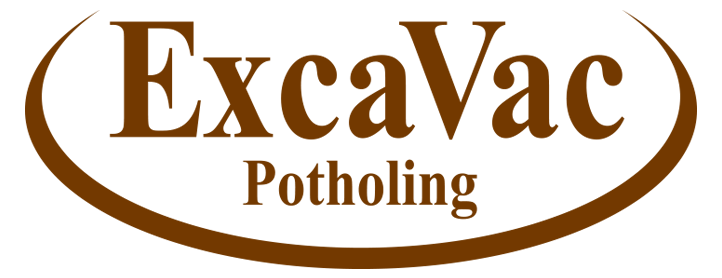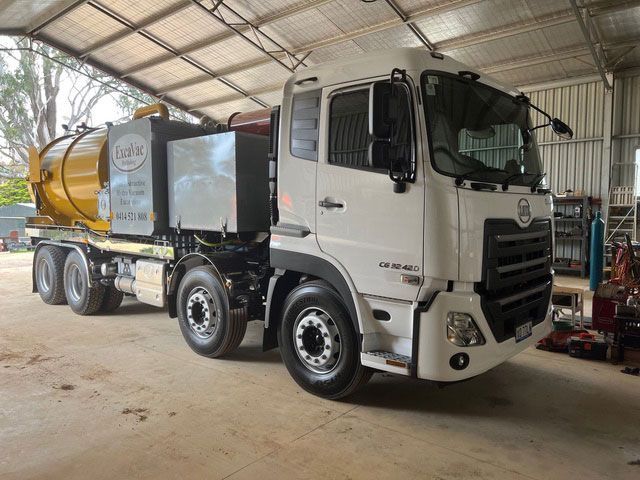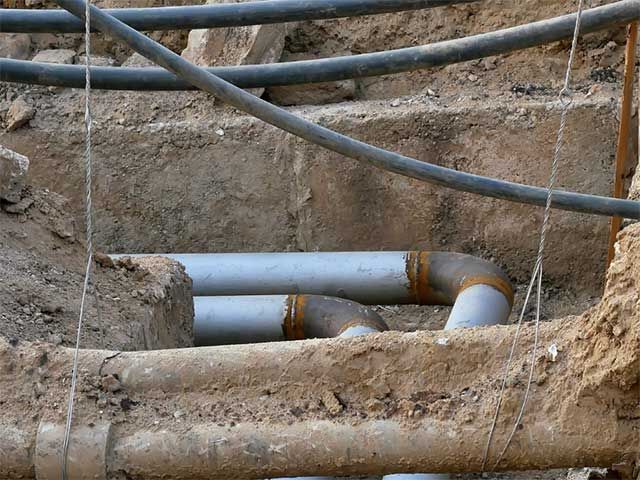Do it safely - every time
Excavac • July 7, 2020
The safest method to expose or excavate

As one of NSW’s leading providers,
Excavac has been at the forefront of maintenance services to industry, government agencies, manufacturing, construction, engineering, telecommunications and the mining sector for well over 25 years.
With massive redevelopment and infrastructure projects now earmarked for NSW as part of the state’s re-emergence from COVID-19, it’s imperative that any excavation project is performed responsibly and reliably.
Non-destructive hydro excavation or vacuum excavator techniques are widely accepted as the safest method to expose or excavate.
In layman’s terms, the theory behind vacuum excavation is easy to grasp, with operating equipment penetrating hard soil with pressurised water to break up the solid earthworks into slurry.
The loose soil is then vacuumed through a hose into a collection tank for later disposal, safely exposing the sub-surface without the risk of damage or injury to the operator, the environment or underground services.
Applications include:
- Potholing of gas, water, sewer and telecommunication lines
- Excavating around gas, water, sewer and telecommunication lines
- Straightening of power poles
- Tree planting and remediation
- Cost-effective, safe, quick and efficient
- Minimises risk of damage to underground assets and tree roots
- Significantly reduces potential safety risks
- Has minimal environmental impact
- Produces less waste
For more information or a detailed assessment of your next project call 0414 521 808
or email us here.






